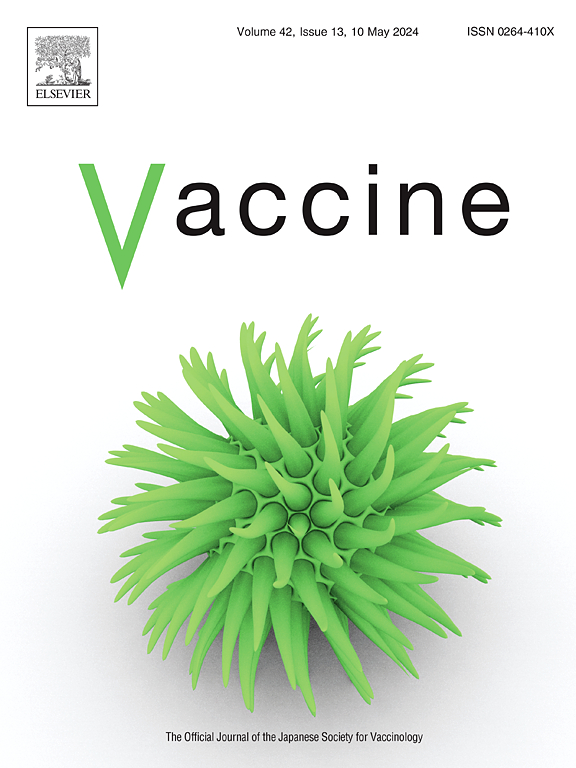Sensitive detection of pertussis toxin in acellular pertussis vaccines using HRH1-mediated calcium signaling
IF 4.5
3区 医学
Q2 IMMUNOLOGY
引用次数: 0
Abstract
Accurate detection and quantification of residual pertussis toxin (PTx), a key virulence factor of Bordetella pertussis, are essential for the production and safety testing of acellular pertussis vaccines. Traditional methods, such as the histamine sensitization test and the CHO cell clustering assay, face challenges including low reproducibility, difficulty in standardization, and interference from vaccine adjuvants. To address these limitations, we developed a biosensor for PTx detection based on histamine receptor H1 (HRH1)-induced calcium signaling in MDA-MB-231 cells, representing an unexplored approach for PTx detection. Using mini G protein recruitment and Gα activation assays, we found that HRH1 activates both Gαq and Gαi heterotrimers. The presence of PTx disrupts histamine-induced Gαi binding to HRH1, resulting in a compensatory increase in Gαq binding and enhanced calcium signaling. By normalizing sustained calcium levels to the percentage of the maximal calcium response, we achieved higher accuracy and reliability in detecting PTx, even in the presence of adjuvants. Our method provides quantitative detection of PTx activity with high sensitivity, achieving a limit of detection in the pg/ml range in acellular pertussis vaccines spiked with PTx. This work introduces a robust and convenient calcium assay using MDA-MB-231 cells, which predominantly express HRH1 with negligible expression of other HRH receptors, as an effective method for PTx detection in vaccine safety testing.
求助全文
约1分钟内获得全文
求助全文
来源期刊

Vaccine
医学-免疫学
CiteScore
8.70
自引率
5.50%
发文量
992
审稿时长
131 days
期刊介绍:
Vaccine is unique in publishing the highest quality science across all disciplines relevant to the field of vaccinology - all original article submissions across basic and clinical research, vaccine manufacturing, history, public policy, behavioral science and ethics, social sciences, safety, and many other related areas are welcomed. The submission categories as given in the Guide for Authors indicate where we receive the most papers. Papers outside these major areas are also welcome and authors are encouraged to contact us with specific questions.
 求助内容:
求助内容: 应助结果提醒方式:
应助结果提醒方式:


